All products featured are independently chosen by us. However, SoundGuys may receive a commission on orders placed through its retail links. See our ethics statement.
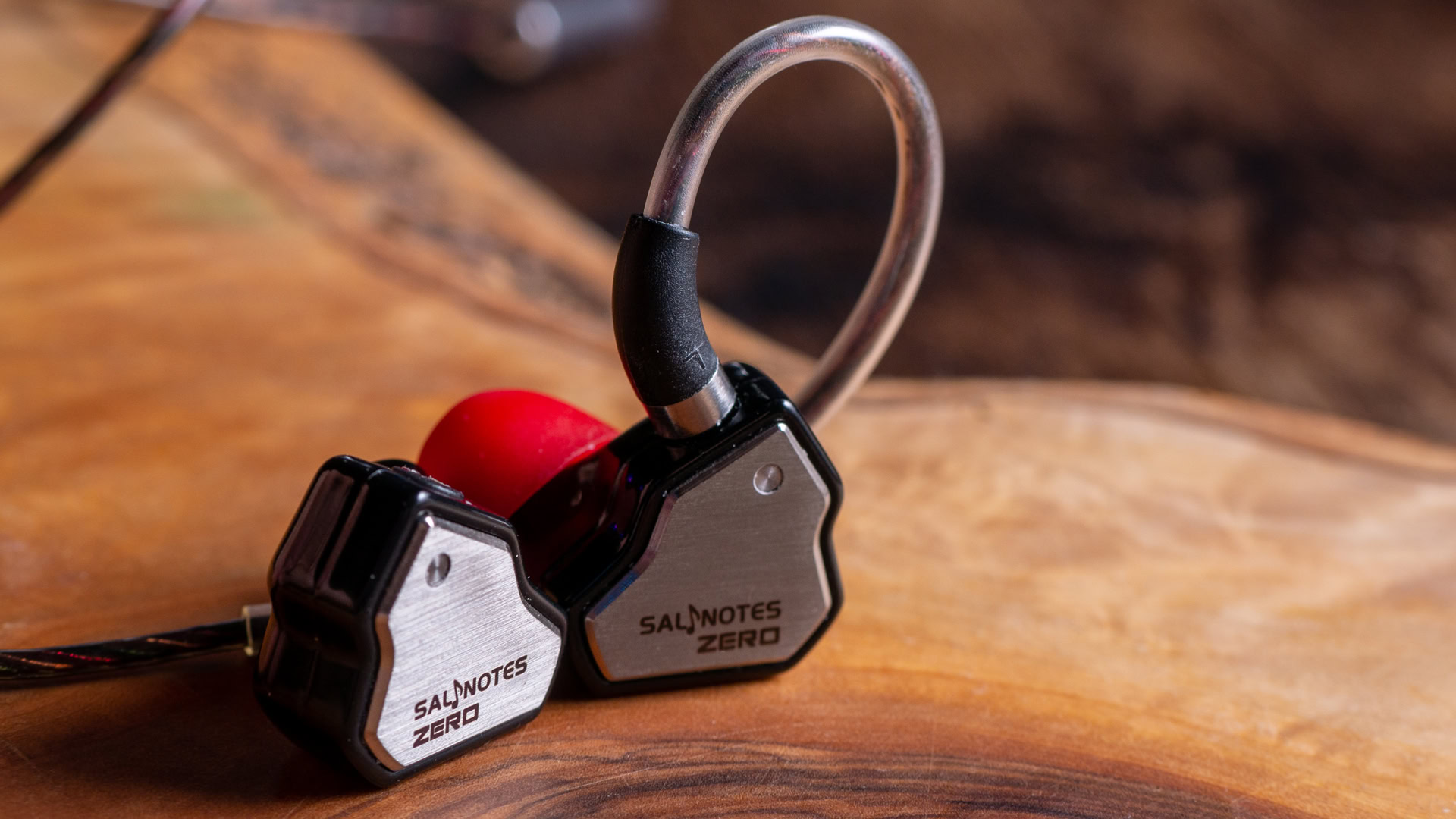
7Hz Salnotes Zero review
July 18, 2025
Salnotes Zero
In-ear monitor (IEM) fans have been eating well these past five years, and one of the higher-profile models of wired earbuds, the 7Hz Salnotes Zero has been making waves. But are the earbuds right for your life? Let’s take a listen.
- This review was updated on July 18, 2025, to fix formatting issues.
- This review was published on May 29, 2024.
The 7Hz Salnotes Zero is for earbud enthusiasts who are fine with wired listening and want to snag a competent set of in-ears at a dirt-cheap price.
What’s it like to use 7Hz Salnotes Zero?
The 7Hz Salnotes Zero is a set of earbuds that come in two flavors: one with no mic and another with a mic. Regardless of which model you choose, the 7Hz Salnotes Zero remains a very angular set of in-ear monitors with a brushed metal backplate, over-the-ear removable cable, and angled nozzle. Just be aware that these earbuds do not come with an ingress protection rating, so don’t get these too wet or take them into the rain without something to protect them.
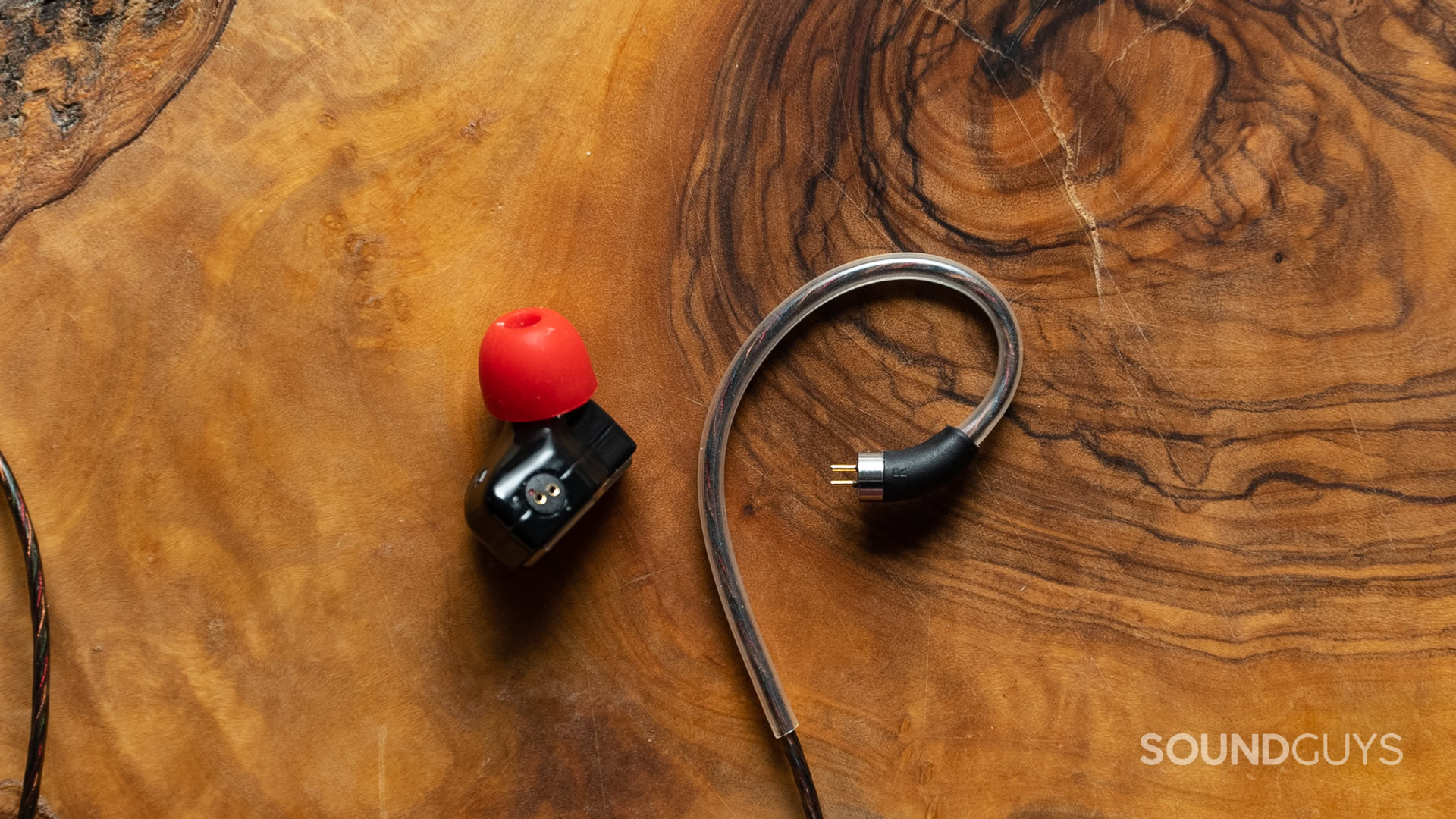
Because the nozzle is a little on the narrow side, the included silicone ear tips don’t put a ton of pressure on your ear canal. The design also uses the cabling to bear the brunt of the light bud weight, so that there’s not a lot of force applied to the nozzle — leading to a lower likelihood of a poor fit or discomfort.
The detachable cable is an excellent durability feature, and it allows you to replace it with any compatible 2-pin connector cables out there. Though you don’t need to “upgrade” cables, it’s always a huge positive that your cat or office chair can’t murder your earbuds in a way that would make them unrecoverable.
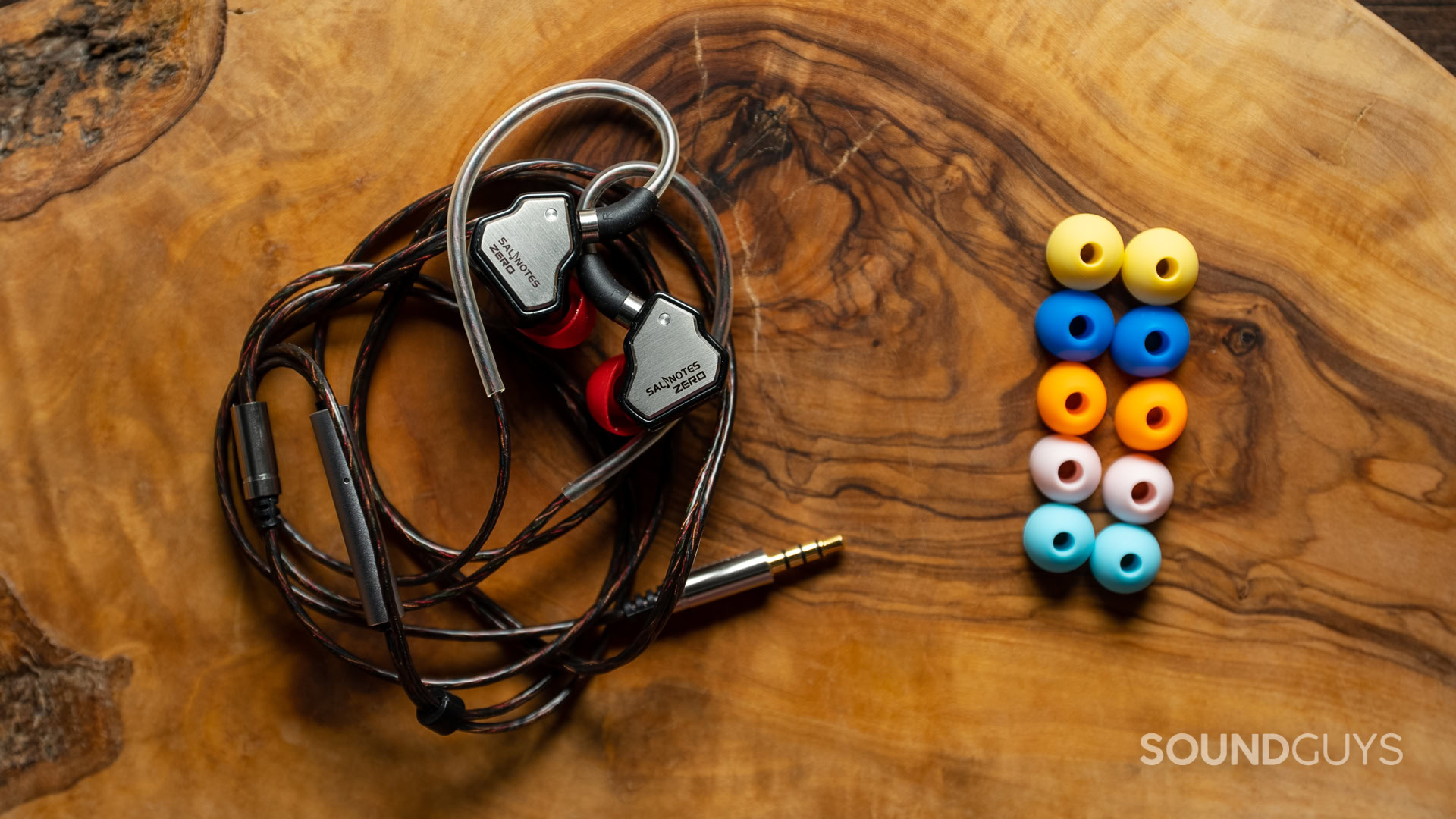
Inside the packaging for the 7Hz Salnotes Zero are the earbuds, and six pairs of ear tips, identified by their bright color. Each of these ear tips offer something for a wide range of ear sizes, and you should have zero trouble finding a size that fits you. Thankfully, it’s not too difficult to get these ear tips on and off, just don’t be too delicate and you should be fine.
Listening to the 7Hz Salnotes Zero over long periods of time is a fairly comfortable experience, but you might have to remind yourself that you’re tethered to your source by a wire if you’ve been spoiled by wireless earbuds. If you don’t, you might find yourself trying to stand up from your desk and getting caught. That’s really a minor worry though, especially if you do what I do and use a dongle to listen to music with your phone, or use a DAP.
How do the 7Hz Salnotes Zero connect?
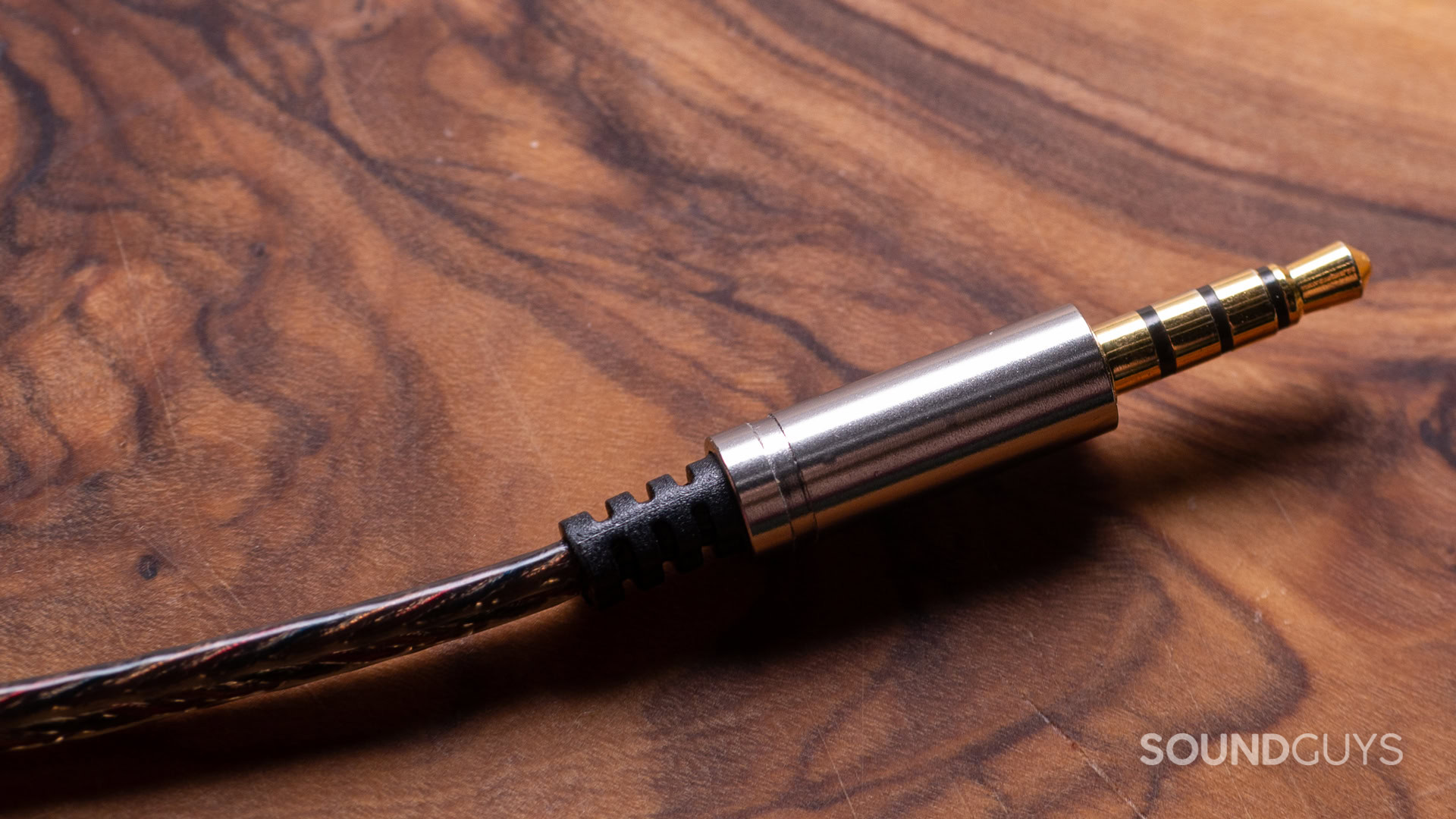
The 7Hz Salnotes Zero connects to whatever source device you use via the 3.5mm TRRS plug. Like most earbuds, the power requirements for the 7Hz Salnotes Zero are pretty light — 108dB/v with an impedance of 32Ω — you should not need anything more powerful than an Apple or Google dongle. You do not need an extra amplifier for these earbuds.
How well do the 7Hz Salnotes Zero block out noise?
Loading chart ...
The 7Hz Salnotes Zero, as a set of in-ears, does a fairly decent job of isolating users from outside noise. Despite the blocked noise being overwhelmingly above 1kHz, on average, you can expect outside junk sound to be reduced by 61.1% in loudness. As always, this depends heavily upon whether or not you’re able to get a good fit with your 7Hz Salnotes Zero, as even a tiny interruption in the seal can lead to poorer isolation.
How do the 7Hz Salnotes Zero sound?
The 7Hz Salnotes Zero is one of those products that really show why there’s such a fandom of inexpensive IEMs — though they’re not perfect.
Reviewer’s notes
While it’s no secret that I’m not the biggest fan of earbuds, most of the inexpensive IEMs that have been making waves in the audiophile community of late manage their sound quality respectably. However, many IEMs over-emphasize highs in a strange way that makes it hard to listen to for long periods unless you equalize them a bit. But to each their own — this isn’t something that will make or break your experience in all likelihood.
For example, in Ark Patrol’s “Hex,” there’s a fairly loud cymbal strike sample played at high speed at a high frequency that is tough to ignore at normal listening volumes. Though it shouldn’t cause anyone pain, it can get annoying to some as time goes on.
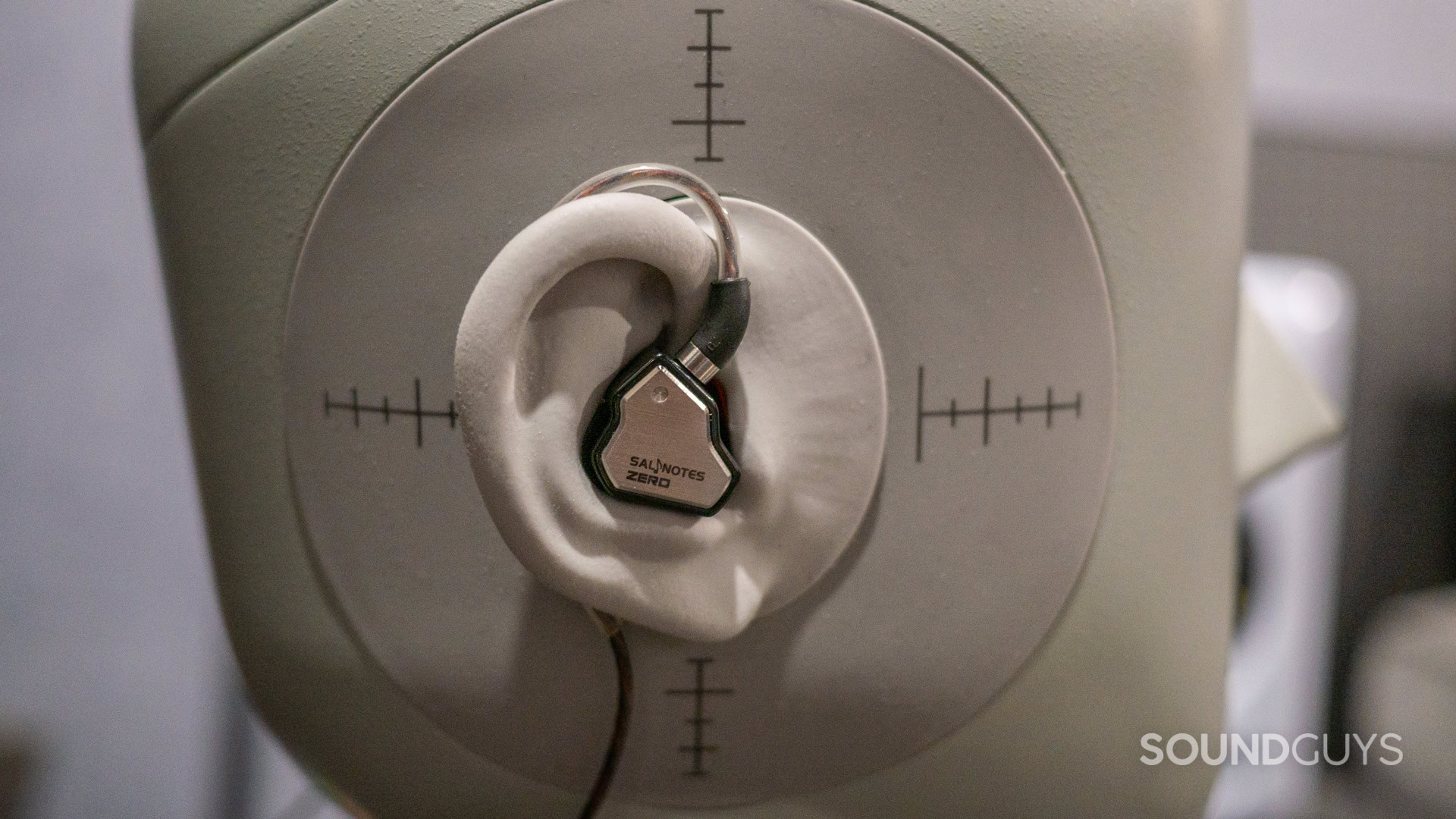
But, if the songs you typically listen to aren’t all that busy or loud, I think you’ll find the 7Hz Salnotes Zero is a capable set of earbuds for your travels. For example, more simple tracks like Duke Dumont’s “I got U” sound pretty decent at lower volumes, as well as Tobias Jesso Jr.’s “True Love.” Though there’s a little bit of oddness in the highest of highs, it’s really not the sort of thing that you’ll notice as much. However, these earbuds do fall a little flat when room effects are in a track and you’re not expecting them to be a bit quieter than you’re used to.
Objective Measurements
Loading chart ...
Though the bass appears to be low on this chart, in reality, the highs are quite overemphasized in the ear gain region. If you were to normalize the bass and mids to our curve, you’d notice that the bump around 3kHz would exceed our target by a significant margin, and the comparatively lower bump higher than that would come much closer to our target. This response looks to satisfy those looking for a more “V” shaped response, but in our experience, that kind of sound can grate on you if you listen to your music a bit louder than most.
What this means for your music is that you should have no trouble hearing most of your tunes even in the presence of a busy mix. However, room effects and echoes might suffer a bit, as the highs drop off a bit in comparison to that massive rise. Perhaps this is one of those times where our position on sound quality is going to be a bit different than that of others, but this frequency response — while inoffensive — can be a little strange at times.
If you’d like to try your hand at equalizing your earbuds, I had decent luck with the following filters in a software-based EQ. Just remember to set your preamp gain to -2.4dB and you should be golden.
| Filter | Center frequency | Gain | Q |
|---|---|---|---|
| Filter Peak | Center frequency 252 | Gain -1.7 | Q 1.072 |
| Filter Peak | Center frequency 1,429 | Gain -4.8 | Q 1 |
| Filter Peak | Center frequency 4,264 | Gain -7 | Q 2.060 |
| Filter Peak | Center frequency 5,957 | Gain 2.4 | Q 3.164 |
| Filter Peak | Center frequency 7,022 | Gain 1.9 | Q 3.788 |
Multi-Dimensional Audio Quality Scores (MDAQS)
The chart below shows how the sound of the 7Hz Salnotes Zero was assessed by the Multi-Dimensional Audio Quality Score (MDAQS) algorithm from HEAD acoustics.
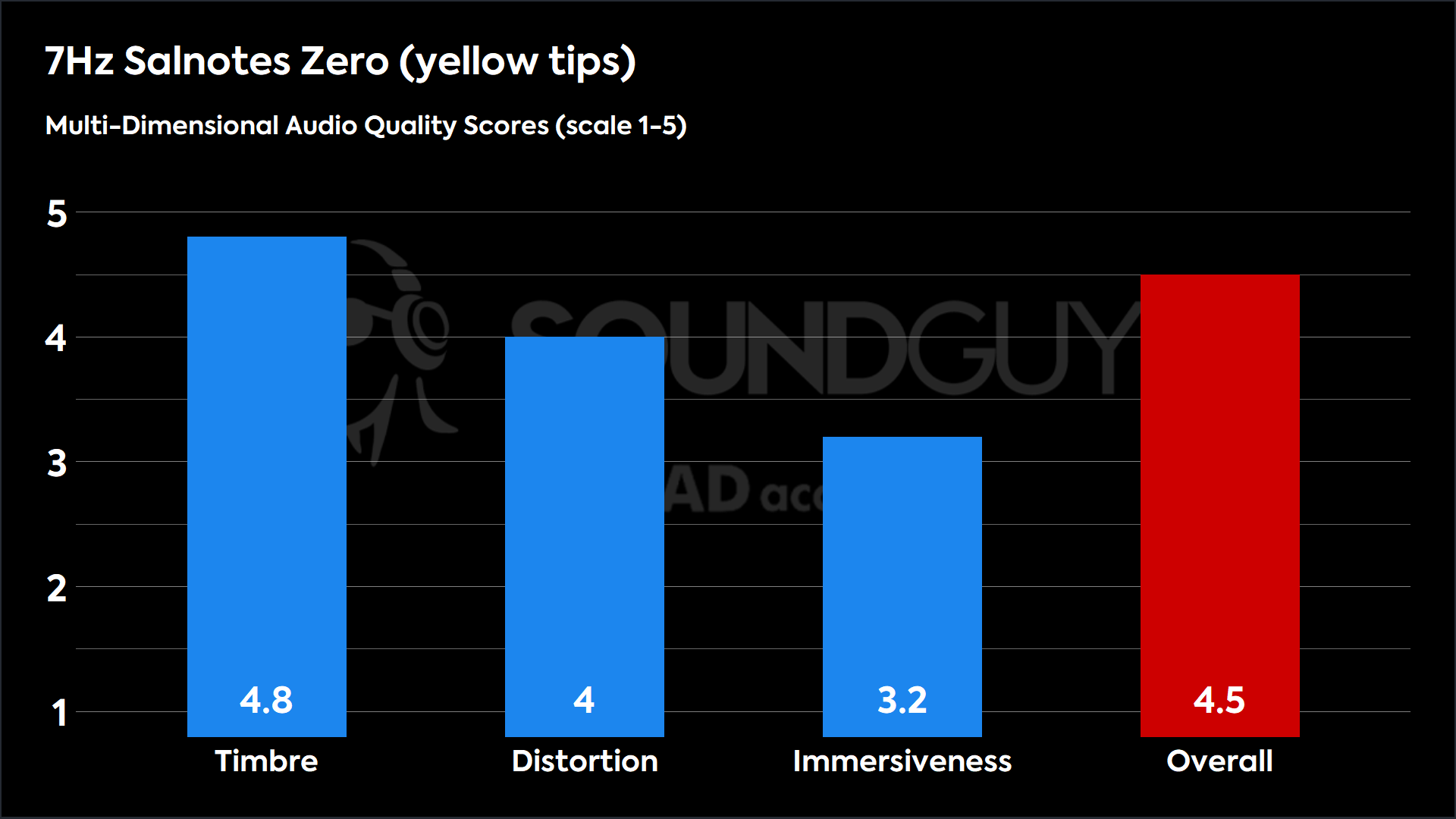
Like several other models of IEMs, the 7Hz Salnotes Zero posts respectably high scores when subjected to assessment by a virtual panel of listeners. In particular, the timbre — or tonal balance — is very highly rated. Really, the only glaring weak spot in the performance is a mediocre immersiveness score, which drags the overall score down to 4.5. This is still a very good result any way you slice it. Most people will likely enjoy the sound of the 7Hz Salnotes Zero.
- Timbre (MOS-T) represents how faithfully the headphones reproduce the frequency spectrum and temporal resolution (timing information).
- Distortion (MOS-D) represents non-linearities and added noise: higher scores mean cleaner reproduction.
- Immersiveness (MOS-I) represents perceived source width and positioning: how well virtual sound sources are defined in three-dimensional space.
Can you use the 7Hz Salnotes Zero for phone calls?
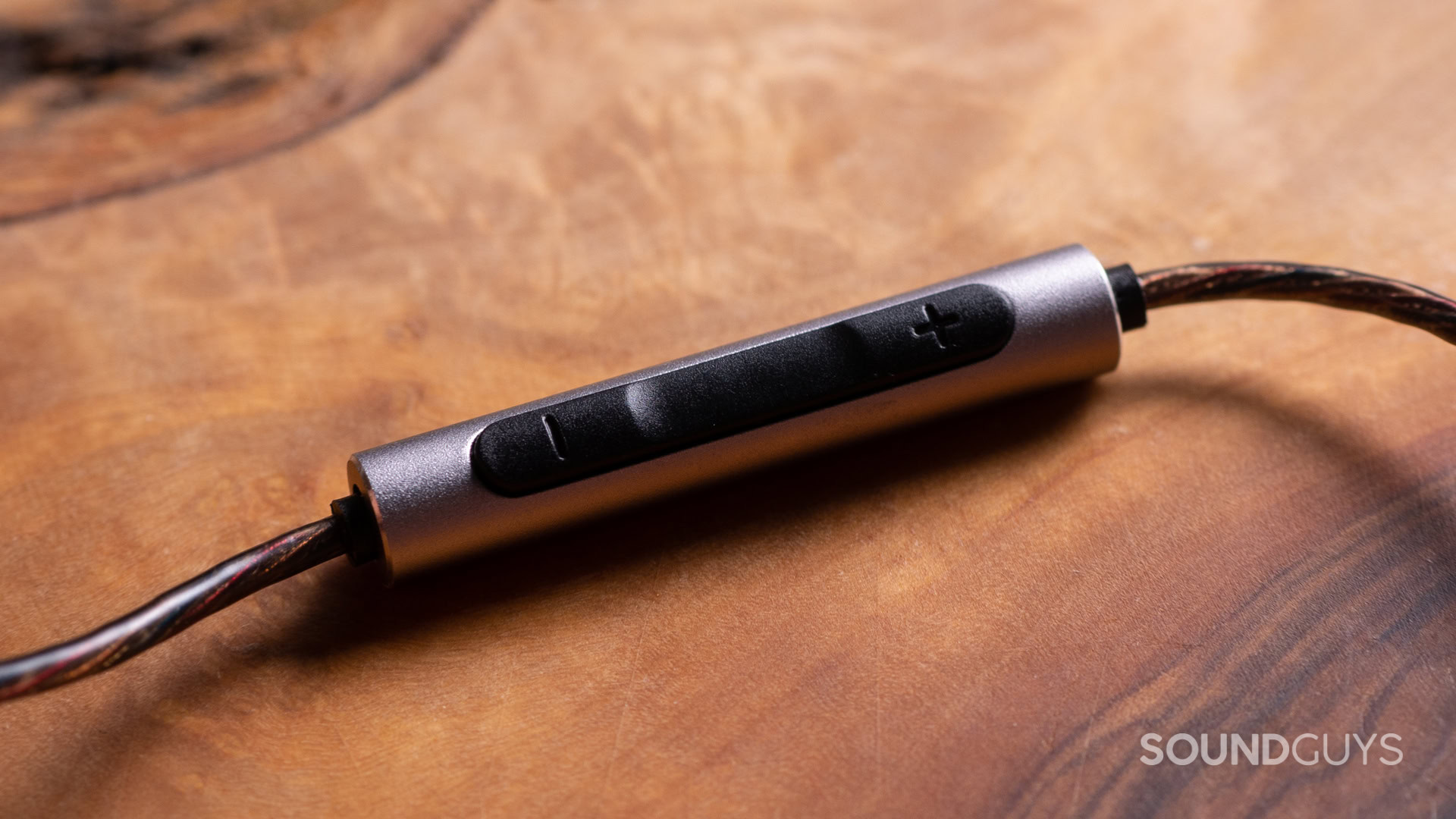
If you picked the microphone cable at checkout, the 7Hz Salnotes Zero will come with a microphone. Of course, you’ll need the appropriate jack in order to make use of this, but assuming your device can handle the function, here’s how that will sound like.
7Hz Salnotes Zero microphone demo (Ideal conditions):
How does the microphone sound to you?
7Hz Salnotes Zero microphone demo (Office conditions):
7Hz Salnotes Zero microphone demo (Street conditions):
7Hz Salnotes Zero microphone demo (Windy conditions):
7Hz Salnotes Zero microphone demo (Reverberant space):
As you can hear above, the 7Hz Salnotes Zero doesn’t do so well with managing nearby sources of noise, or rejecting wind noise. Though it’s disappointing, there’s really not a whole lot you should be expecting from a microphone this inexpensive. However, these recordings are not likely to be exactly what your conversation-mates will hear, as most chat programs have their own noise suppression algorithms enabled by default at the expense of some compression.
Should you buy the 7Hz Salnotes Zero?
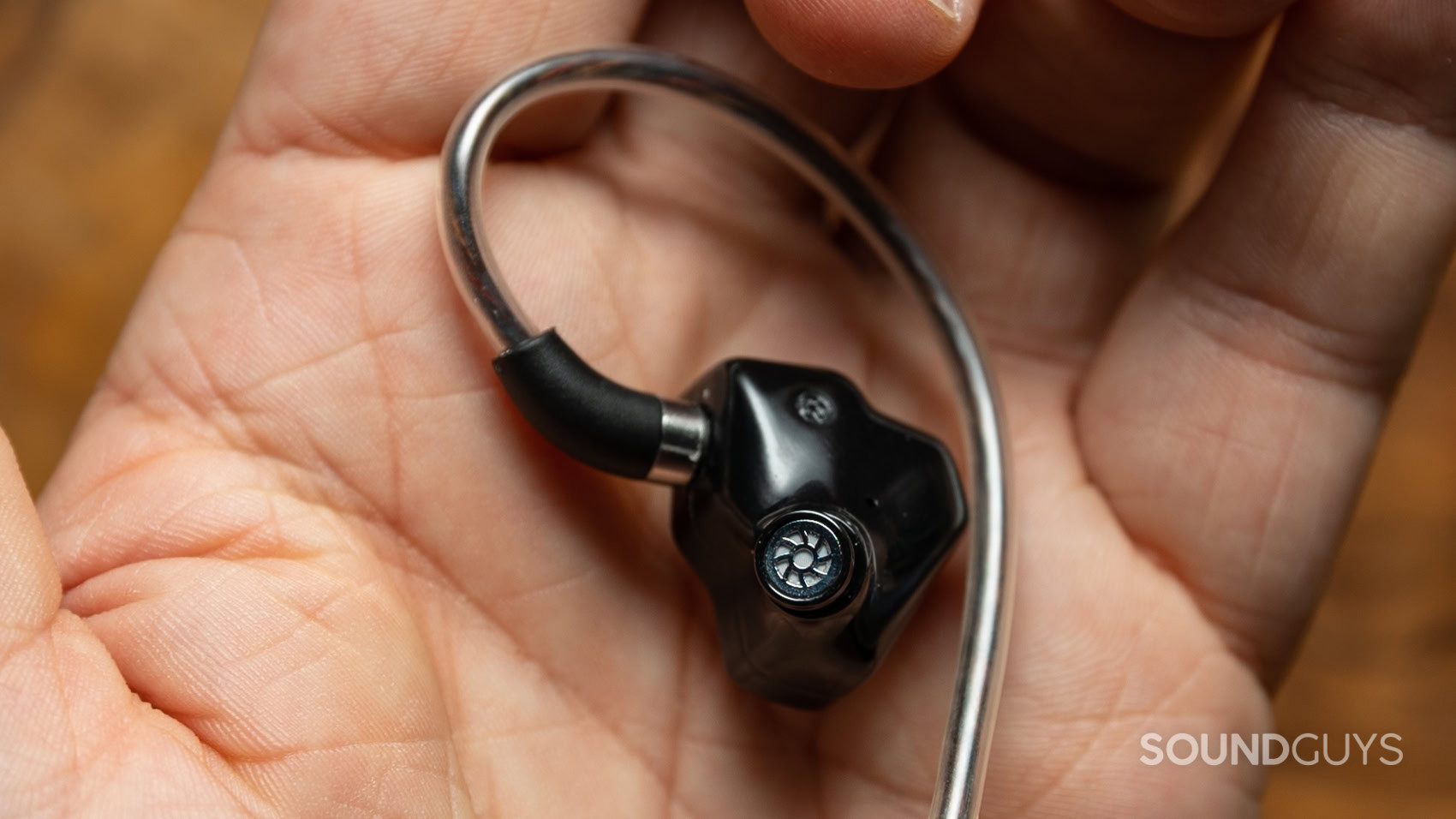
If you’re looking for an inexpensive set of in-ears to rock out to tunes to, the 7Hz Salnotes Zero are a rock-solid pair. As often as I sing the praises of in-ear monitors, the truth of the matter is that there are a ton of models out there that provide a lot of value, and the 7Hz Salnotes Zero is no different. However, they may not be everyone’s cup of tea, as they have a rather strong emphasis in the highs, followed by a comparatively low emphasis past 5kHz. Younger listeners may want to try their hands at EQing the earbuds, or looking for a competing model with a different sound.

Still, if you want a set of wired earbuds, spending under $25 is not exactly something we’d call “high risk.” If you’re considering trying out the 7Hz Salnotes Zero, you absolutely should.
What should you get instead of the 7Hz Salnotes Zero?
There are plenty of options in the wired IEM market, but direct competitors will be pretty limited based on the earbuds’ sound — and price.
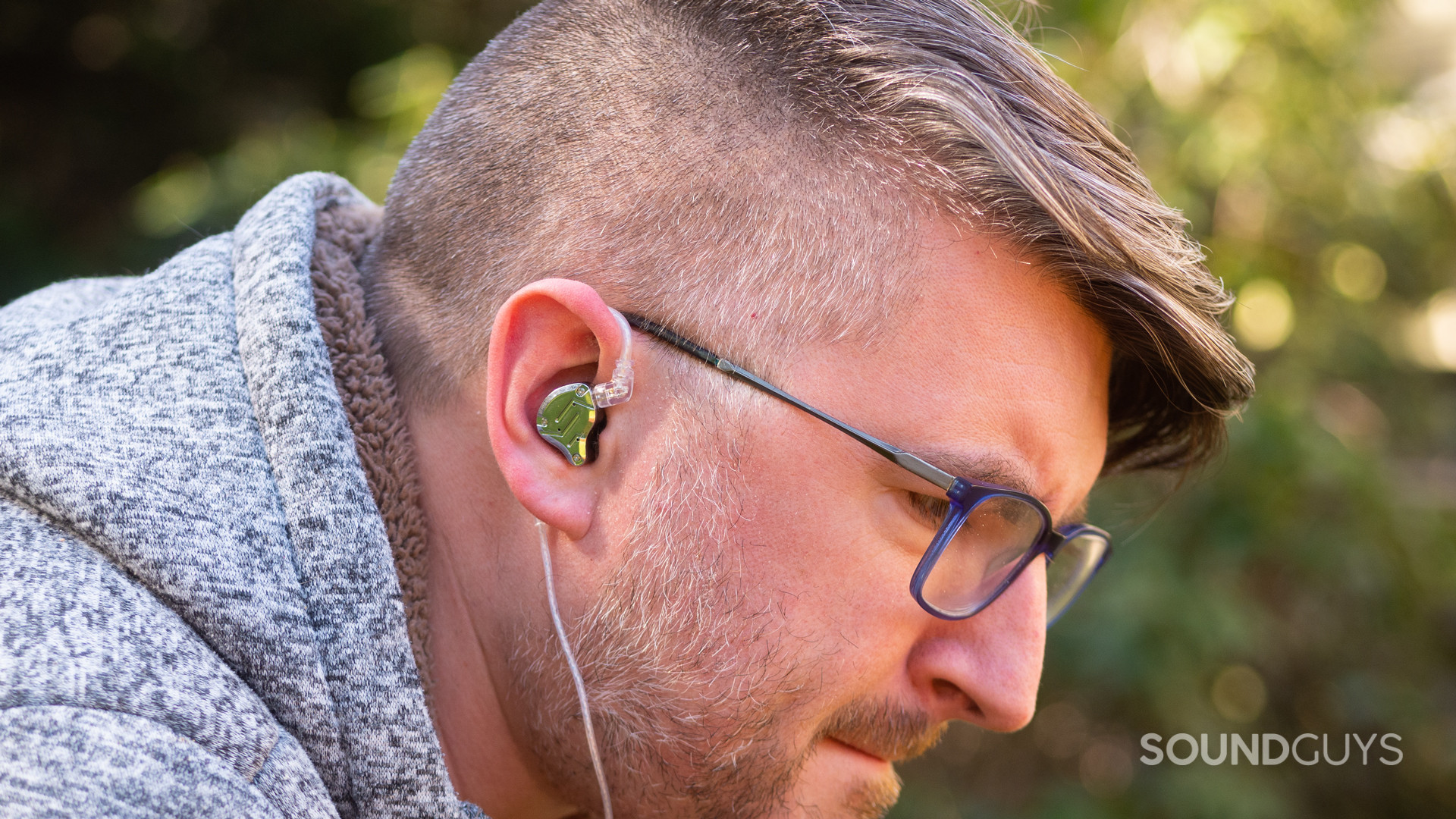
You could pick up the KZ ZS10 Pro ($49.99 at Amazon) if you want a better response in the highs, and you’re willing to budge on price. However, the KZ ZSN Pro X ($23.99 at Amazon) might be the better buy here, as it’s about the same price as the 7Hz Salnotes Zero.
If you aren’t a fan of either of these, Moondrop has some pretty solid options in the Chu 2 ($18.99 at Amazon) and Aria SE ($79 at Amazon). There’s also the Tangzu Wan’er ($24.99 at Amazon) for those who are looking for a similar build as the 7Hz Salnotes Zero, but want a braided cable and prefer a less industrial aesthetic.
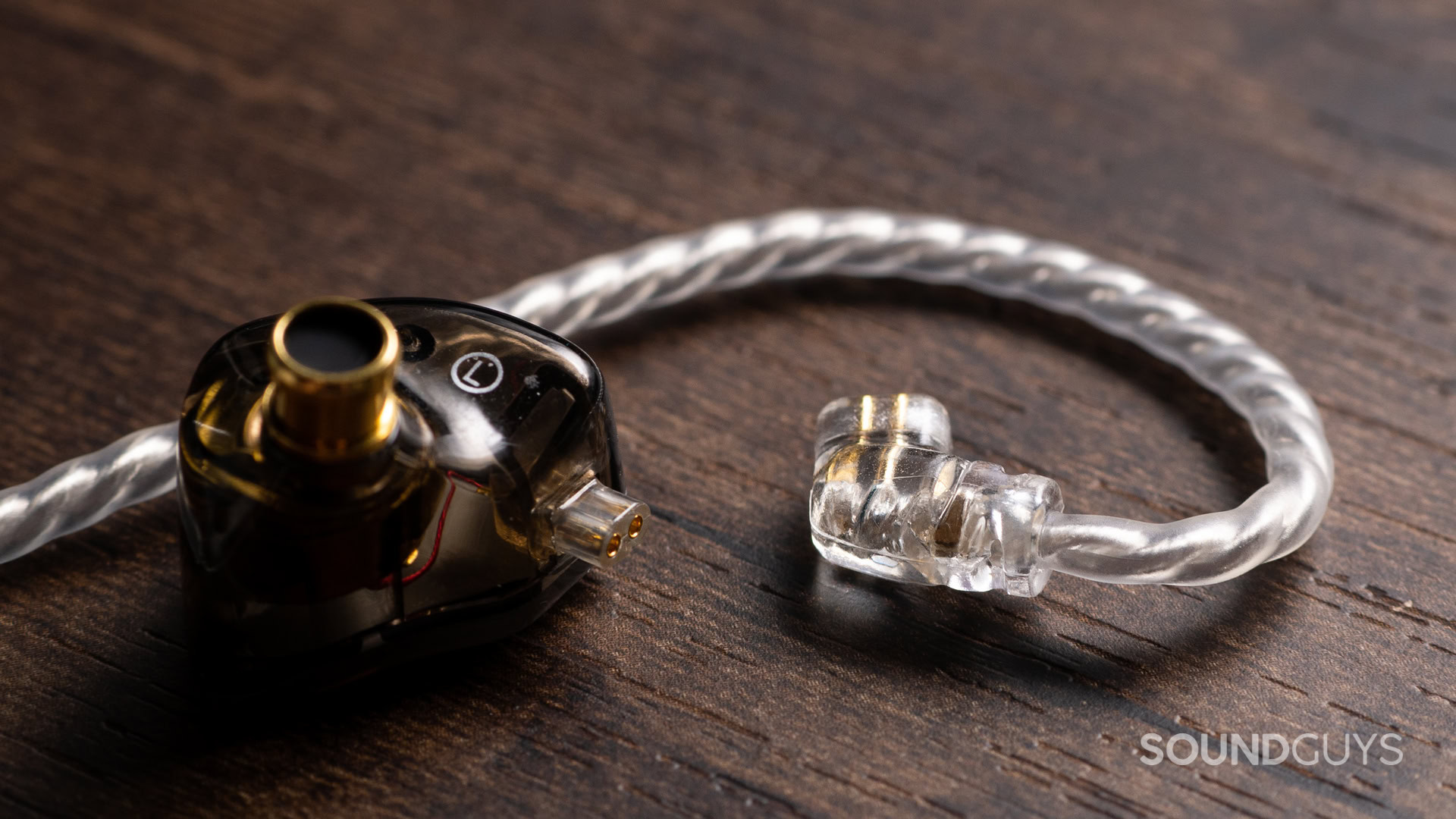
For those looking for a step up, your cup runneth over. However, we can’t recommend the Sennheiser IE 200 ($119 at Amazon) enough to those looking for wired IEMs that don’t completely bust your wallet. You could also take a gander at the Shure SE215 ($99 at Amazon).
Frequently asked questions
The 7Hz Salnotes Zero is as comfortable as earphones get, provided you’re able to identify which silicone ear tips fit. It is possible that the nozzle is too long for your ears, in which case you might find the 7Hz Salnotes Zero to be uncomfortable.
No.
Given that the immersiveness score is so low, you may find that sounds are hard to place around you in first-person shooters. If you’re playing an MMORPG or RTS game you should be fine, but it’s worth noting that there’s only so much you can expect out of these earbuds.
You can buy versions of the 7Hz Salnotes Zero that either have a microphone in the cable, or one without.
Thank you for being part of our community. Read our Comment Policy before posting.